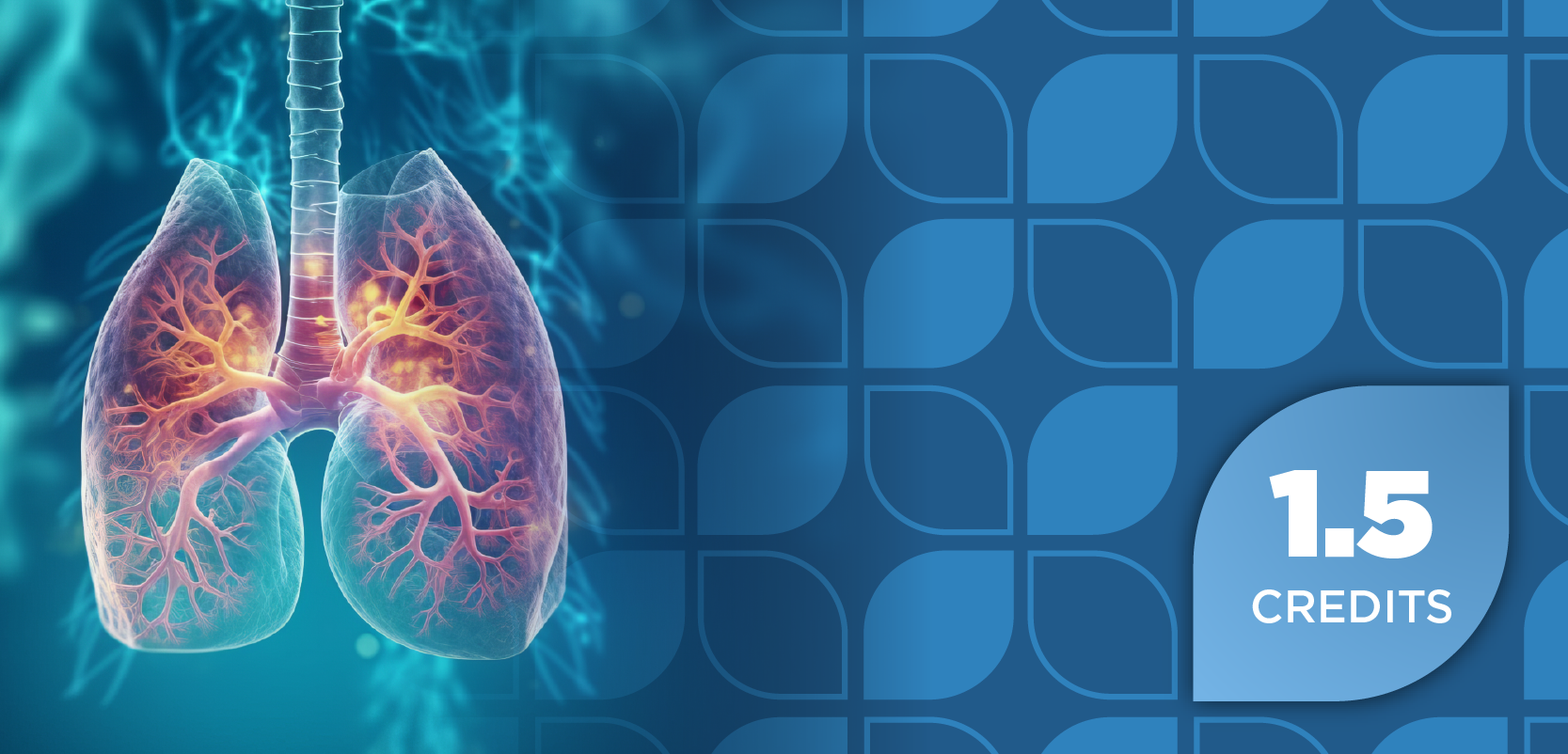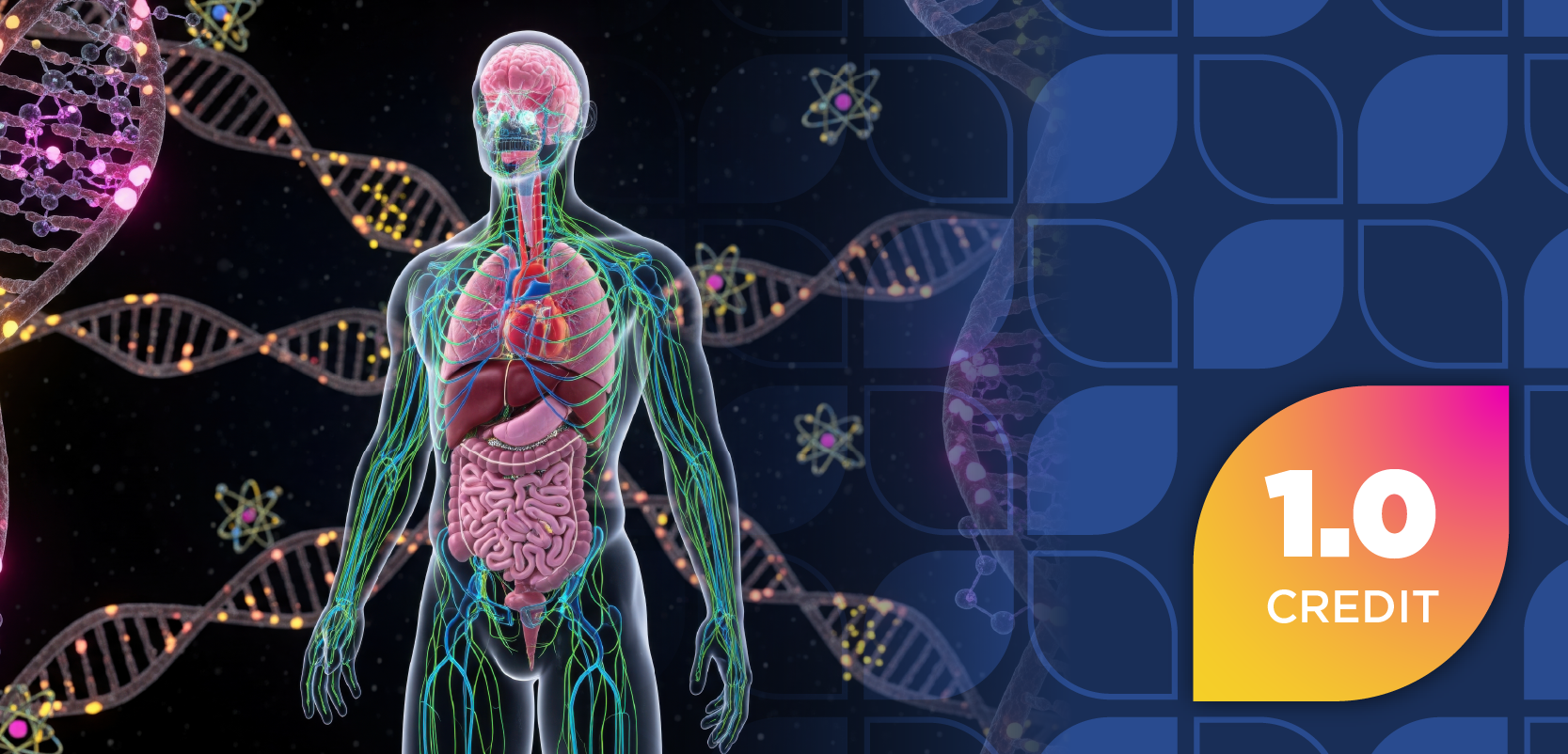Pharmacy Practice in Focus: Health Systems
- November 2025
- Volume 14
- Issue 6
Pharmacists’ Role in Managing Acute Pain in Patients on MOUD
Key Takeaways
- Pharmacists ensure continuity and optimization of MOUDs during acute pain management, playing a critical role in patient care.
- Methadone and buprenorphine require careful dosing and management, with strategies like dose splitting to optimize analgesic effects.
Pharmacists support acute pain management in patients on MOUD through education, optimizing therapy, guiding analgesia, and ensuring safe transitions of care.
Acute pain management in patients on medications for opioid use disorder (MOUDs) presents unique challenges. As pharmacotherapy experts, pharmacists are uniquely positioned to support safe and effective pain management in this population. Pharmacists play a critical role in optimizing care for these patients by ensuring continuity and optimization of MOUDs, implementing multimodal analgesia strategies, supporting smooth transitions of care, and providing education to patients and providers.
Methadone and buprenorphine are FDA-approved MOUDs that stabilize the brain’s dopamine reward pathway, which helps reduce cravings and withdrawal symptoms, thereby reducing the risk of opioid misuse. Methadone functions as a full μ opioid receptor agonist and a weak N-methyl-D-aspartate receptor antagonist.1
Methadone enhances opioid analgesia, reduces hyperalgesia, and may help limit the development of opioid tolerance. In addition, methadone inhibits the reuptake of serotonin and norepinephrine, which may contribute to its overall analgesic effects. Buprenorphine is mainly a partial μ opioid receptor agonist and a κ-receptor antagonist that binds with high affinity to the μ opioid receptor and dissociates slowly, contributing to its prolonged effects.1
Another FDA-approved medication for opioid use disorder is naltrexone, which can be administered orally or as an extended-release intramuscular injection. Naltrexone is a pure competitive opioid antagonist with a high binding affinity for the μ receptor.1 Naltrexone helps prevent opioid misuse by blocking the effects of opioids that are being used concurrently.1 Naltrexone may also reduce opioid craving and restore balance in dysregulated hedonic and neuroendocrine systems.2 The mechanisms of action of these medications directly influence how we effectively manage acute pain in these patients.
Pharmacists play a critical role in ensuring that MOUDs are accurately documented, appropriately dosed, and continued as needed during acute pain management. For patients receiving extended-release naltrexone, it is essential to determine the timing of the last administered dose, as this directly impacts the effectiveness of opioid-based analgesics.1 Opioid effects may be blocked if naltrexone is still in the patient’s system, which would make opioid analgesia more difficult.1 Importantly, naltrexone does not appear on prescription drug monitoring programs (PDMPs), so pharmacists should verify the last dose by directly discussing with the patient and/or reviewing the medical record.1 In general, buprenorphine and methadone should be continued during acute pain management.3,4 Pharmacists can play an active role in ensuring that buprenorphine and methadone are continued and appropriately dosed during hospitalizations. This includes conducting a thorough medication reconciliation and utilizing PDMPs. Methadone for OUD is generally not reported to most state-maintained PDMPs.1 In these cases, pharmacists may need to contact the patient’s prescribing opioid treatment program (OTP) directly to confirm home dosing and ensure continuity of therapy.1
Although buprenorphine and methadone can be potent analgesics, they may not provide sufficient pain relief when used alone in the setting of acute pain. Their analgesic duration (4-8 hours) is shorter than their duration of effect on suppressing opioid withdrawal (24-48 hours).1,5 Pharmacists can recommend strategies for optimizing MOUDs during these acute pain episodes. For example, the total daily buprenorphine dose may be divided into 3 or 4 administrations to optimize its analgesic effect.1,6,7 For instance, if a patient takes 16 mg of buprenorphine daily, the dose can be divided into 4 mg every 6 hours. Similarly, splitting methadone into 2 or 3 administrations may improve pain control.1,6 However, an important consideration is that if methadone doses are divided during hospitalization, they should be reconsolidated to once-daily dosing before discharge to ensure the patient can continue receiving their total dose at their OTP.6
In addition to optimizing MOUD regimens, pharmacists can advocate for multimodal analgesia strategies for patients receiving MOUDs. Pharmacists should encourage the use of nonopioid analgesics such as acetaminophen, nonsteroidal anti-inflammatory drugs, gabapentinoids, and ketamine, as well as regional anesthesia when indicated.1,4 Using these strategies can help reduce opioid requirements, optimize analgesia, and improve overall pain management in patients with OUD.
When a patient is experiencing acute pain, treatment with opioid agonists in addition to MOUDs may be necessary. To choose the most effective opioid agonist regimens, it is important to understand the pharmacology of MOUDs. Buprenorphine has a higher binding affinity at the μ opioid receptors compared with other opioids. Its affinity is approximately 1.7 times greater than hydromorphone, 5.4 times greater than morphine, 6.2 times greater than fentanyl, and 120 times greater than oxycodone.8,9 Despite buprenorphine’s high affinity at the μ opioid receptors, additional receptors remain available.7 For example, the sublingual doses of 16 mg of buprenorphine occupy 79% to 95% of μ opioid receptors, and doses greater than 24 to 32 mg occupy up to 95% of receptors.8,10 Buprenorphine’s strong receptor binding has contributed to the misconception that acute pain cannot be managed in this population. However, buprenorphine’s receptor blockade can be overcome with higher doses of full opioid agonists. When opioids are necessary for pain management, selecting high-affinity opioids, such as fentanyl or hydromorphone, can overcome partial receptor blockade by buprenorphine and provide effective analgesia.8 For patients on maintenance methadone therapy in acute pain, it is important to
continue their home methadone dose.5 A multimodal analgesic approach should be used, and, if necessary, additional opioids may be administered for pain control.5 Patients on MOUDs often require higher opioid doses for acute pain than opioid-naive individuals due to both receptor occupancy and established physical tolerance.1,3,4 For example, in opioid-naive patients, standard starting doses for hydromorphone are typically around 0.2 mg intravenously or 2 mg orally as needed, but these doses for acute pain are often inadequate for those on MOUDs. For instance, if hydromorphone is being administered orally, initiating at 4 mg as needed rather than 2 mg may be reasonable to account for opioid tolerance. In patients who have recently received intramuscular naltrexone before the acute pain episode, high doses of opioids may be required to overcome naltrexone-medicated μ opioid receptor blockade.1 At doses used for OUD, naltrexone occupies more than 90% of μ opioid receptors.11 However, some receptors remain available, and this blockade can be overcome with sufficient doses of opioids. Rat studies have shown a 10- to 20-fold increase in opioid requirements after naltrexone was administered.1 Like buprenorphine, clinicians should consider using opioids with higher receptor binding affinity.1 In contrast, when naltrexone serum concentrations are theoretically lower, such as at the end of the 1-month dosing interval, patients may have reduced opioid tolerance, and opioids should be administered cautiously.1
Furthermore, pharmacists are essential in ensuring safe transitions of care. Pharmacists should ensure that MOUDs are continued and appropriately managed during transitions of care, such as hospital discharge. This includes conducting medication reconciliations, verifying opioid prescriptions via PDMPs, and providing clear documentation and instructions for prescribers, patients, and caregivers. At discharge, pharmacists can offer patient education on the safe use of pain medications if they are continued after hospitalization, including strategies for tapering when appropriate. Additionally, pharmacists play a key role in distributing naloxone at discharge and in educating patients and caregivers on its use.6,12
Pharmacists can also contribute to the development of pain management protocols and hospital policies related to acute pain in patients on MOUDs. They can also provide staff education to improve comfort with treating acute pain in this population. This can include addressing misconceptions and reducing stigma, as well as offering medication guidance.
Overall, pharmacists play an important role in the management of acute pain in patients on MOUDs. They help ensure that MOUDs are continued and optimized, implement effective analgesic strategies, facilitate smooth transitions of care, and provide education to both patients and health care providers.
REFERENCES
Smith K, Wang M, Abdukalikov R, et al. Pain management considerations in patients with opioid use disorder requiring critical care. J Clin Pharmacol. 2022;62(4):449-462. doi:10.1002/jcph.1999
Sullivan MA, Bisaga A, Mariani JJ, et al. Naltrexone treatment for opioid dependence: does its effectiveness depend on testing the blockade? Drug Alcohol Depend. 2013;133(1):80-85. doi:10.1016/j.drugalcdep.2013.05.030
Veazie S, Mackey K, Peterson K, Bourne D. Managing acute pain in patients taking medication for opioid use disorder: a rapid review. J Gen Intern Med. 2020;35(suppl 3):945-953. doi:10.1007/s11606-020-06256-5
Englander H, Thakrar AP, Bagley SM, Rolley T, Dong K, Hyshka E. Caring for hospitalized adults with opioid use disorder in the era of fentanyl: a review. JAMA Intern Med. 2024;184(6):691-701. doi:10.1001/jamainternmed.2023.7282
Alford DP, Compton P, Samet JH. Acute pain management for patients receiving maintenance methadone or buprenorphine therapy. Ann Intern Med. 2006;144(2):127-134. doi:10.7326/0003-4819-144-2-200601170-00010
Calcaterra SL, Martin M, Bottner R, et al. Management of opioid use disorder and associated conditions among hospitalized adults: a consensus statement from the Society of Hospital Medicine. J Hosp Med. 2022;17(9):744-756. doi:10.1002/jhm.12893
Haber LA, DeFries T, Martin M. Things We Do for No Reason™: discontinuing buprenorphine when treating acute pain. J Hosp Med. 2019;14(10):633-635. doi:10.12788/jhm.3265
Buresh M, Ratner J, Zgierska A, Gordin V, Alvanzo A. Treating perioperative and acute pain in patients on buprenorphine: narrative literature review and practice recommendations. J Gen Intern Med. 2020;35(12):3635-3643. doi:10.1007/s11606-020-06115-3
Volpe DA, McMahon Tobin GA, Mellon RD, et al. Uniform assessment and ranking of opioid μ receptor binding constants for selected opioid drugs. Regul Toxicol Pharmacol. 2011;59(3):385-390. doi:10.1016/j.yrtph.2010.12.007
Greenwald MK, Johanson CE, Moody DE, et al. Effects of buprenorphine maintenance dose on mu-opioid receptor availability, plasma concentrations, and antagonist blockade in heroin-dependent volunteers. Neuropsychopharmacology. 2003;28(11):2000-2009. doi:10.1038/sj.npp.1300251
de Laat B, Nabulsi N, Huang Y, et al. Occupancy of the kappa opioid receptor by naltrexone predicts reduction in drinking and craving. Mol Psychiatry. 2021;26(9):5053-5060. doi:10.1038/s41380-020-0811-8
Genord C, Frost T, Eid D. Opioid exit plan: a pharmacist's role in managing acute postoperative pain. J Am Pharm Assoc (2003). 2017;57(2S):S92-S98. doi:10.1016/j.japh.2017.01.016
Articles in this issue
13 days ago
Looking Forward to 2026: Do More With Lessabout 2 months ago
Tips for Using AI Tools Responsibly During Pharmacy SchoolNewsletter
Stay informed on drug updates, treatment guidelines, and pharmacy practice trends—subscribe to Pharmacy Times for weekly clinical insights.



























































































































































































































